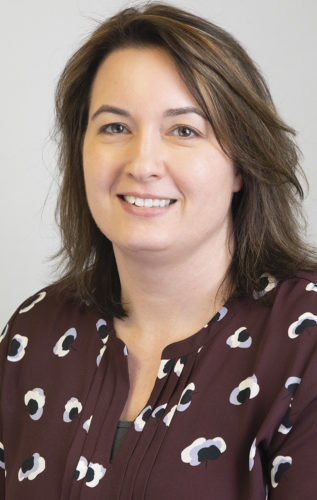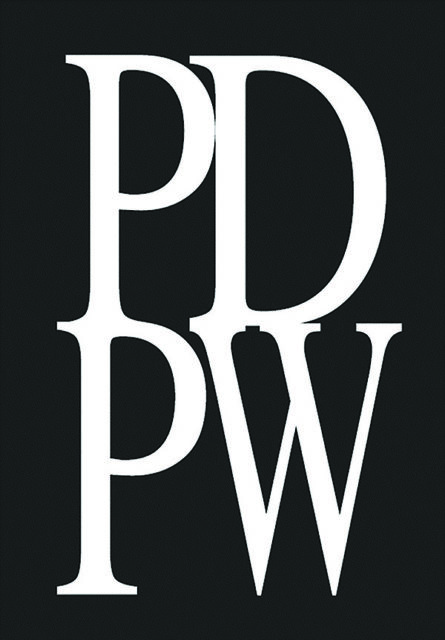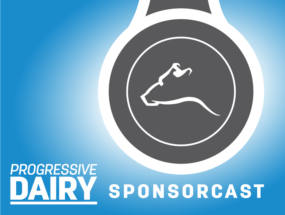As the conversation around carbon continues to evolve, the Professional Dairy Producers (PDP) held the Carbon Conference 3.0 in Madison, Wisconsin, at the end of January to inform dairy producers and allied industry of current strategies to turn carbon challenges into business opportunities.
Patrick Wood, founder of Ag Methane Advisors, a consulting firm for livestock producers interested in reducing greenhouse gas (GHG) emissions, set the stage for the event by providing an update on recent changes in the carbon industry.
“Climate change is not going away,” Wood said. “To avoid the worst parts of it, in my opinion, we need to adapt our businesses and societies. But that also means that the most competitive businesses are going to adapt, in turn, into the future.”
Carbon accounting
The carbon industry itself has been adapting to future needs. By establishing carbon reporting and accounting measures, it is now broader than carbon credits as individual commodities.
Net zero standards have been fundamental in this process, as they essentially set a goal to stop the increase of GHG emissions by a target date.
Wood explained, “[It’s] not that emissions are going to be totally eliminated, but they won’t increase; so they will be a net of zero. That’s essentially what the standard means.”
The Science Based Targets initiative (SBTi) is the leading net zero standard in the world with more than 10,000 companies globally participating in the program. These individual companies are setting science-based targets that will be audited and verified to demonstrate each company’s progress toward their goal.
Since you can’t see or touch what is being accounted for with GHG emissions, the process is very rigorous to provide integrity and prevent fraud.
It takes a lot of work to collect and process the data, to do the reporting and accounting to verify the measures have value. For the companies that are doing this, that value is returned through marketing to consumers demanding this information and to comply with regulations. There can also be value in creating carbon commodities (offsets, insets, LCFS credits, etc.), as well as in the data obtained.
Supply chain interventions
There are three categories used to classify GHG emissions from a company: scope 1 – anything within a company’s direct control; scope 2 – anything associated with purchased energy; and scope 3 – emissions from the supply chain.
For example, a pizza company’s scope 3 would include a cheese processor and the farms that sell milk to that cheese processor. This leads to a need for carbon reporting from one entity to the next.
“Over the years, we’ve moved away from carbon offsets [to buy, sell and trade outside of the supply chain] and toward these scope 3 interventions, otherwise known as insets, otherwise known as supply chain interventions, and relevant to the dairy industry. I very much expect that to continue for a variety of reasons,” Wood said.
One reason is that carbon offsets have received a lot of criticism, as they don’t lead to structural decarbonization within the company’s operation. Instead, they allow a company to purchase reductions someone else created to offset their own GHG emissions. Whereas scope 3 interventions require the company to meet its science-based targets by bringing its own emissions (or others within its supply chain) down lower and lower year after year, which will lead to fewer GHG emissions in the world.
Sustainability claims
This criticism has led to the development of standards and programs that create sustainability claims and a code of practice for how these claims can be used.
With the help of ChatGPT, Wood defined a sustainability claim as an assertion made by an entity about the reduction or removal of GHG emissions, relative to a defined baseline or benchmark, that are attributable to a specific action or initiative.
Often these claims need to be quantifiable, verifiable, related to a specific scope and not double counted.
For example, a dairy producer installs an anaerobic digester on their farm and can claim the action reduced methane emissions by 50% from the established baseline. They need to be careful if those reduction claims are sold to different commodities associated with it and if their milk processor intends to use the claim themselves to achieve their net zero goals.
“We get into some legal nuances here that we need to be very careful about,” Wood said. “They need to not be double counted, although there are cases in which they can be.”
Climate disclosure regulations
“A lot of investors are realizing that climate risk jeopardizes their investments, and they have started to put pressure on folks in their portfolio to reduce their emissions, or at least to disclose their emissions,” Wood said.
This is worldwide and includes global investment banks, pension funds and the global insurance community.
“They also have an obligation under these greenhouse gas reporting statements, like the GHG Protocol, when they do their own department reporting and footprint analysis that they have a responsibility for the carbon emissions associated with the investments they make,” Wood said.
That has led to some climate disclosure regulations that requires people in their portfolio to disclose their emissions. In the U.S., the Securities and Exchange Commission (SEC) has a regulation focused on scope 1 and scope 2 emissions. A directive in the EU applies to the entire value chain, including scope 3. The state of California, which is the fifth-largest economy in the world, has its own legislative mandates for companies operating in California.
Some of the entities required to disclose emissions under these programs would include consumer brands, fast-food restaurants, dairy co-ops and processors, financial institutions, equipment manufacturers, feed suppliers, commodity buyers and dairy/beef buyers.
“That’s why there is a trend here towards global reporting, global accounting and more and more aspects of the business sector, which can come all the way back down to farms in the Midwest,” Wood said.
What does it all mean for dairy producers?
Knowing that it has a big carbon footprint and must compete with other foods and beverages, the dairy industry as a whole wants to progress toward environmental sustainability and reducing its climate impact.
Wood said these new reporting and accounting obligations could be good for dairy farms “as long as it leads to farms being able to achieve more value, and not just having more costs and regulations imposed.”
For now, it is leading to the creation of carbon projects and carbon reporting activities on a larger scale that can be easier for individual farms to participate in.
In terms of value, few dairies can negotiate better prices for themselves, while most are going to be price takers.
For most producers, the obvious choice is going to be to align with their co-op or processor, and for some it may not even be a choice.
All producers should evaluate what is being offered and know what they are getting into.
“In general, I want to try and put farms in the driver’s seat here to make informed decisions for themselves and know how to compare apples to apples, and especially because the first opportunity to come to you often isn’t always the best,” he said.
As the carbon industry continues to evolve, new opportunities for dairy farms are being created.
“The real point I want everybody to take away from this is that when farms can reduce their emissions, they can create value, and they can create assets,” Wood said.










